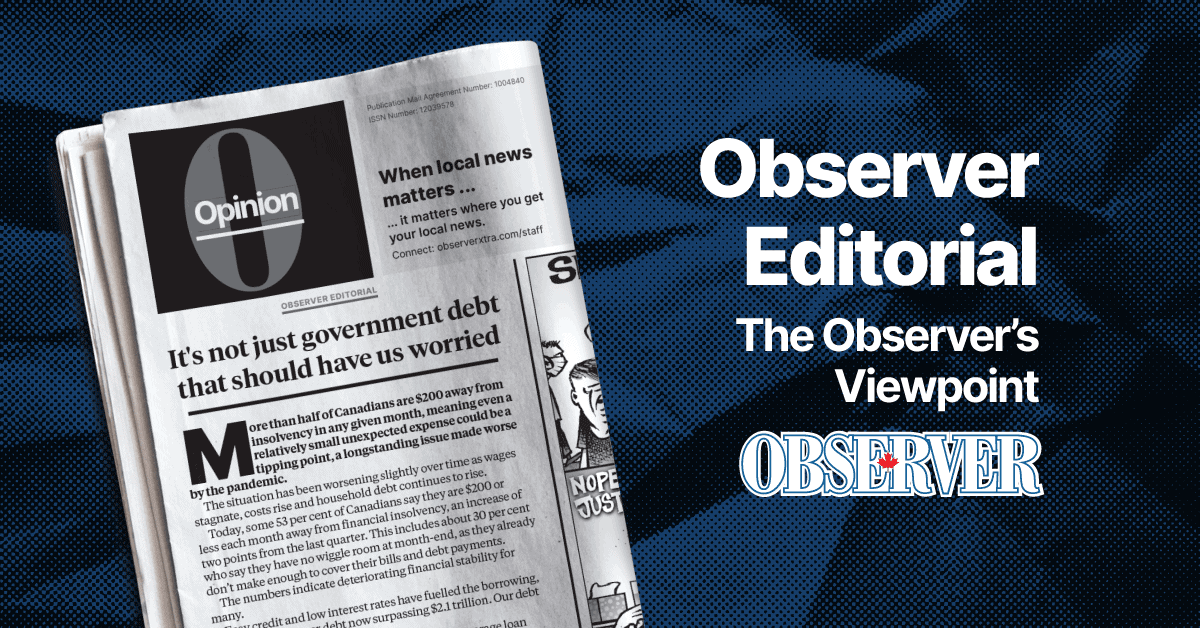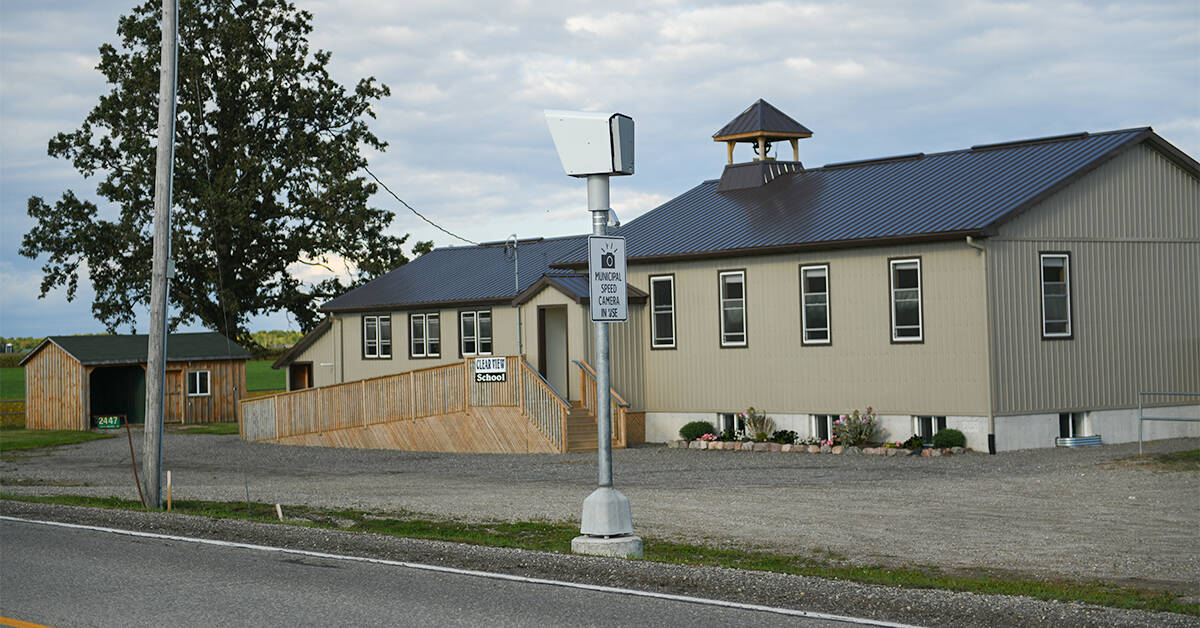The region’s plan to expand its use of photo radar is symbolic of what ails government and society in general.
An overstatement for something that proponents will say protects children? Not at all.
Essentially, the introduction photo radar in school zones is a cash grab masquerading as a public relations exercise. We know that by asking a simple question: what problem does this solve? There haven’t been scores of deaths, injuries and collisions in school zones, so that’s not the problem in question, despite what will be repeated appeals to safety. Speeding? Sure, that occurs, though the region itself will acknowledge the calls it receives from the public are often due to perceptions of speeding, not the reality of the situation, as actual traffic monitoring typically reveals.
The region’s existing red-light cameras have been shown to cause collisions, though whether they deter drivers from running red lights – as opposed to beating yellows – is another matter. Certainly, other jurisdictions have shown the cameras to be flawed, open to corruption and, yes, simply money grabs.
The cameras are put in place because they exist. Once installed, the revenue they generate becomes part of the budgeting process, and must be maintained and increased to pour money into municipal coffers – hardly a reason to support them, unless you’re a bureaucrat looking for alternatives to extract more from the already overburdened public.
More widely, photo radar being deployed because the technology exists is symptomatic of a wider trend in which we’re sliding into a surveillance state because the tools are available, there are profits to be made, officials don’t care to protect civil rights and, frankly, many people are their own worst enemies.
The latter group will include those members of the public who’ll argue that there’s nothing to worry about if you don’t speed in school zones, for instance.
As with each effort to strip away privacy rights, there are those who will argue they’re fine with each new measure because they’ve got nothing to hide. Only those with something to hide – only criminals, for those of this misguided mindset – would argue against more surveillance.
Governments care not about the unethical drive to boost the state’s ability to collect, track, store, aggregate and use information that represents a huge power imbalance. A lack of control on what happens to the growing amount of information collected poses future risks as technology evolves, while today it threatens to circumvent laws that protect our rights in traditional encounters with authorities.
Despite regular government failures, nobody’s watching the watchers. With photo radar and red-light cameras, government joins the rank of the voyeurs.
It’s into that environment that red light cameras and school-zone photo radar needs to be debated. We’re already suffering death by a thousand cuts, so we need to prevent one more, rolling each back until we’ve got a freer society. There is thus far no talk of such privacy and civil rights concerns, of course.
What reports thus far do talk about is increasing the size of the bureaucracy, which is always the primary concern of bureaucrats. No worries, though, as the costs will be covered by revenues from fines. Those rising staff costs will mean the fines have to worked into the budget – a quota system, as it were. And if people stop cooperating by slowing down in the school zones – the purported rationale for the invasive technology – the region can always add more cameras or make the radar more sensitive or simply boost taxes to pay for increased administrative costs that add no value to the public.
Simply axing the program and the associated staff aren’t on the, well, radar.
Well beyond the pale is the simplest solution of all: drop the idea before it becomes another burden on the wallets and rights of the public.









